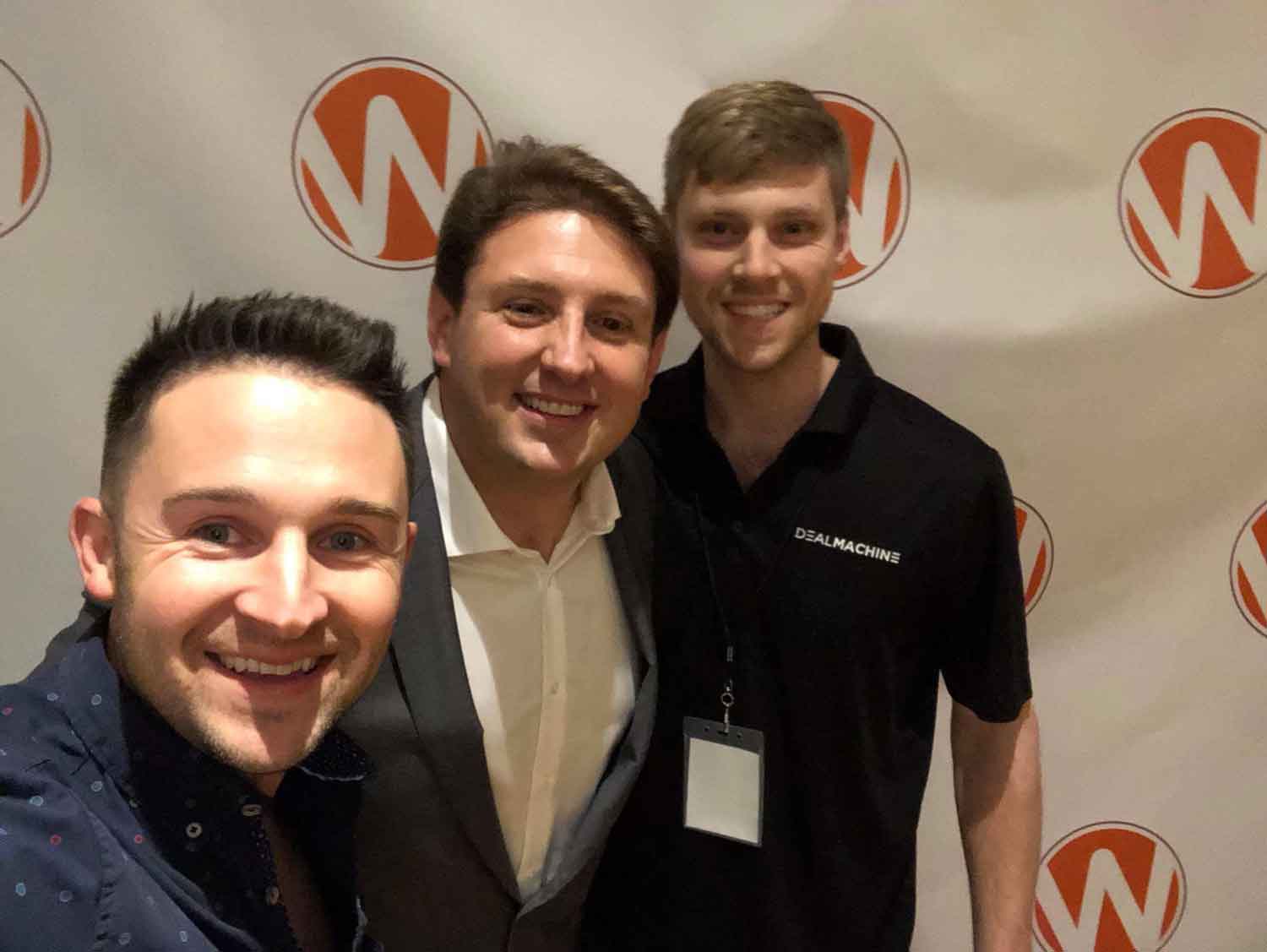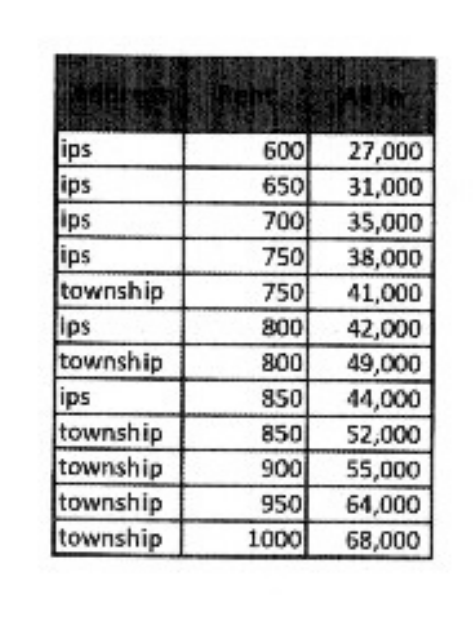
How Much Should I Offer? Making An Offer Isn't Rocket Science

So often, even experienced wholesalers get hung up knowing what to offer. Can you imagine trying to do it for your first time?
Daunting, right?
Let’s all get our frustrations out of the way right now. Ah, that’s better. Now I’m going to show you the easy way.
My friend and unofficial mentor, Tom Krol from Wholesaling, Inc, says “your offer price comes from your gut.”
That’s it!

| Tom, center. Me, right. |
Tom’s method is brilliant for this reason: There are hundreds of thousands of investors and wholesalers. We all have our own styles, tastes, and personalities, and we’re all 100 percent sure our way of analyzing a deal is correct. On top of that, there are 133 million properties in the United States, and they all have their own unique characteristics and sellers, which further complicates things.
So let’s not pretend there’s only one way to analyze a deal. First and foremost, start with your gut.
My second principle is to always go low — so low it makes you uncomfortable. Repairs always cost more than expected, and a low bid prevents you from ruining your return. If the bid is rejected, you haven’t lost any money, but if it’s accepted, you’ve already grown your return on investment.
Running the Numbers Before you begin to put a number together, you have to know what you can likely sell the property for. One of the buyers in my city gives wholesalers a chart that says they’ll pay a certain amount for a property in such-and-such school district that rents for X dollars per month.

| What one buyer in Indianapolis will pay for a house (they give this out at a local meetup): IPS is a certain school disctrict, Township is the suburbs. Middle row is rent price. Last row is their all-in price (purchase + repairs needed). |
So I look up the property on Rentometer.com and see how much it rents for. Then I compare that number in my chart to see how much this buyer would pay for it, subtract my profit (usually $5,000), and subtract any repairs that I think I would have to do.
Don’t have a chart? Make one. Google “buy investment properties ” and get on these companies’ email lists. You’ll start receiving other wholesalers’ deals so you can see how much they’re selling each property for. I’m also a big fan of going to real estate meetups and gathering this type of info by talking to people about their deals.
Another thing I’ve learned is that there’s power in uneven numbers. We’re all searching for a “reason” in this world. If we can understand something, we find comfort. For that reason, never offer a seller an amount with a nice even number. For example, instead of $15,000, offer $14,919 or even $15,119.
How to Make the Offer to the Seller
When you make an offer that feels low, transparency is your best weapon. Give the seller a list of renovations and realistic costs, and be upfront about what you expect to sell the house for after renovations.
Here’s my basic presentation to a seller that led to a signed offer.

| 7114 Grandview Drive, Indianapolis, IN 46260 - noticed this tree in the yard for sevaral months so I contacted Sharon the owner via phone and after meeting her, made an offer. |
“Hi Sharon, I’m pleased to present this offer to you. The offer is based on the $115,000 assessment of the house in perfect condition, minus renovations we’ve estimated at $54,522 that we would put into the house to bring it up-to-date. With these costs, I’ve come to a final offer price of $60,478. I am attaching our renovation plan here in case you are curious: renovation plan. We would pay all fees, so all of this purchase price would go to you. If you have any questions, please give me a call at (phone number). Looking forward to it, David”
Based on my that chart a few paragraphs above, the buyer would pay $68,000 for a house that rents for $1,000 in one of the township school districts in Indianapolis, so I know I’m in the right ballpark. This house should rent for $1300 so I can pay a bit more.
The end result: Sharon counter offered at $65,000 and we accepted.
Protecting Your Own Bottom Line
Your projected returns can vanish quickly if you’re not careful. Wholesalers have to plan for costs such as upfront marketing and year-end taxes. They also typically cover the seller’s closing costs. Plus, whenever you go on vacation, you’re probably not actively making deals.
These expenses are important to keep in mind when you’re feeling nervous about a low-ball offer. It costs you a lot to run your business, so make sure you make a return.
Now you know how to ace the offer. But what about the rest of the wholesaling process? My system shows you how to close your first deal using the 10 Second Method. Check it out here, along with my comprehensive guide for beginner wholesalers.

About David Lecko
David Lecko is the CEO of DealMachine. DealMachine helps real estate investors get more deals for less money with software for lead generation, lead filtering and targeting, marketing and outreach, and acquisitions and dispositions.



